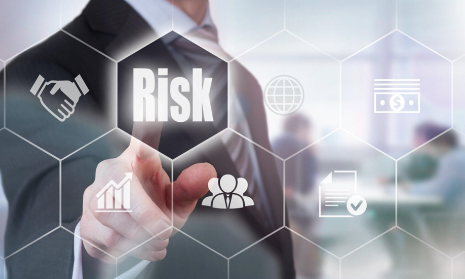In today’s business world, managing risks is more important than ever. Companies face multiple threats, from cyber attacks to supply chain disruptions. One vital tool to help manage these threats is criticality analysis.
But what is criticality analysis, and how does it play a role in risk management and mitigation? Let’s break it down.
What Is Criticality Analysis?
Criticality analysis is a process that helps identify and prioritize assets, processes, or systems within an organization. It determines how critical each element is to the overall operation. By doing this, businesses can focus their resources on protecting the most important parts of their operations. Think of it as triage for your company’s assets.
Why Is Criticality Analysis Important?
Understanding the importance of each component in your business is crucial. Here’s why:
Resource Allocation
Resources like time, money, and manpower are often limited. Criticality analysis helps you allocate these resources where they are needed the most.
Risk Identification
It helps identify which parts of your business are most at risk. By knowing this, you can take steps to protect them.
Cost Efficiency
Investing in the protection of low-priority assets can be a waste of resources. Criticality analysis ensures that you are spending wisely. It is also improving operational efficiency.
Improved Decision Making
Clear insights into which assets are critical help in making informed decisions quickly. This can be useful for a savvy digital asset investor.
How to Conduct Criticality Analysis
Conducting criticality analysis involves several steps. Here’s a simplified guide:
Identify Key Assets
First, list all the key assets within your organization. These can include physical assets like machinery, data systems, and human resources.
Determine Impact
Next, evaluate the impact of a failure or loss of each asset on the business. Ask questions like, how would a failure affect operations? What would be the financial impact? How would it affect customer satisfaction?
Assess Vulnerability
Now, assess how vulnerable each asset is to potential threats. This includes evaluating the likelihood of various risks occurring.
Prioritize
Based on the impact and vulnerability assessments, prioritize the assets. The most critical assets will be those with the highest impact and vulnerability.
Implement Mitigation Strategies
Finally, develop and implement strategies to mitigate risks to the most critical assets. This could include enhanced security measures, regular maintenance, or backup systems.
The Role of Criticality Analysis in Risk Management
Criticality analysis plays a pivotal role in the broader scope of business risk management. Here are some ways it contributes:
Enhanced Focus
By knowing which assets are most critical, organizations can focus their risk management efforts effectively.
Proactive Measures
It allows for proactive rather than reactive measures, reducing the likelihood of severe disruptions.
Continuous Improvement
The process of criticality analysis should be ongoing. Regular reviews and updates ensure that the most critical assets are always protected.
Comprehensive View
It offers a comprehensive view of potential risks and their impacts, aiding in the development of robust risk management plans.
Learn More About Criticality Analysis
In summary, criticality analysis is an essential tool in risk management and mitigation. While the process may seem complex, breaking it down into manageable steps makes it easier to implement. Regularly conducting criticality analysis ensures that your risk management strategies remain effective over time.
Ready to take your risk management strategy to the next level? Start with a thorough criticality analysis and see the difference it makes in safeguarding your business.
For more topics aside from business criticality factors, check out the rest of our blog!


